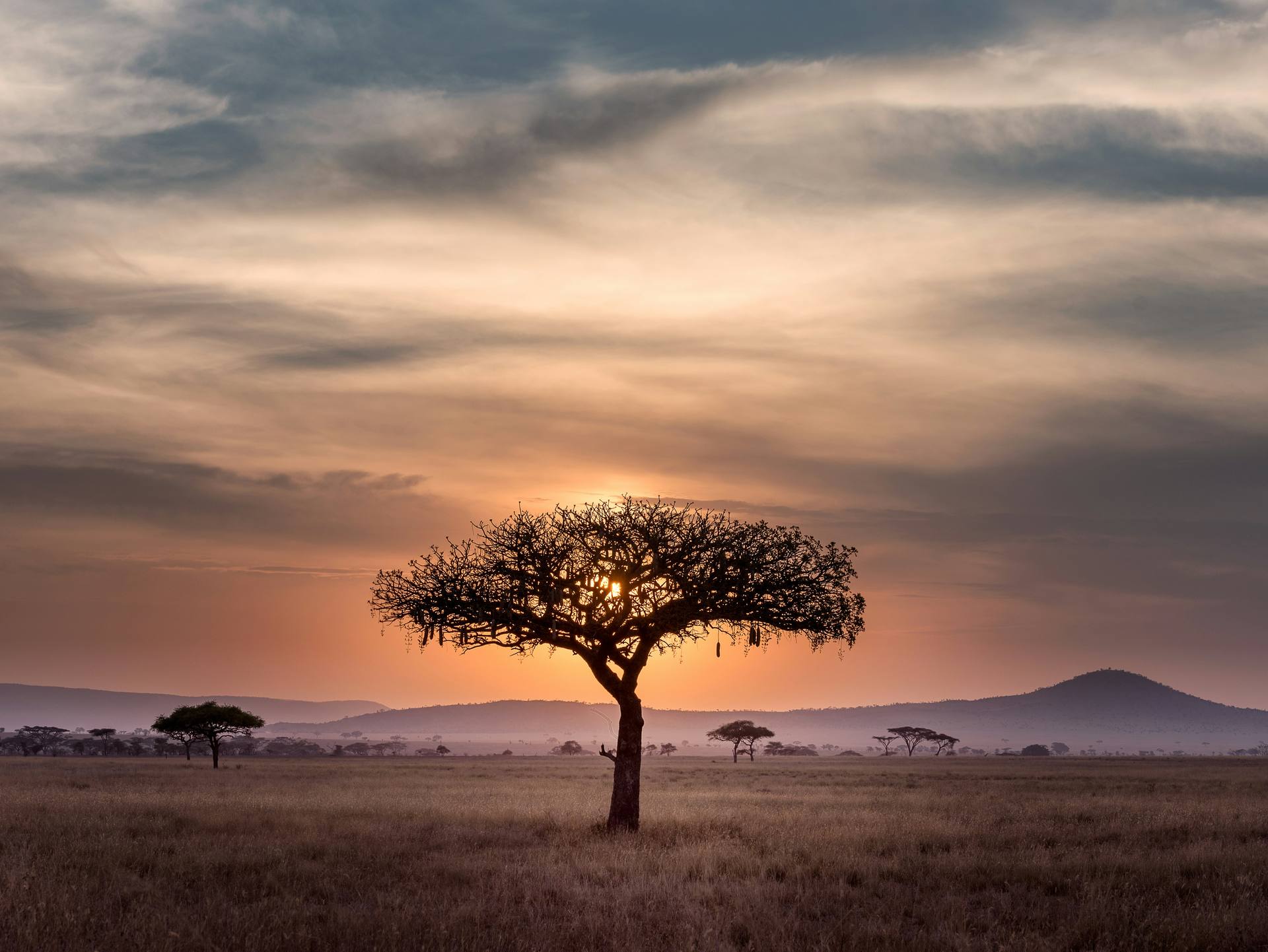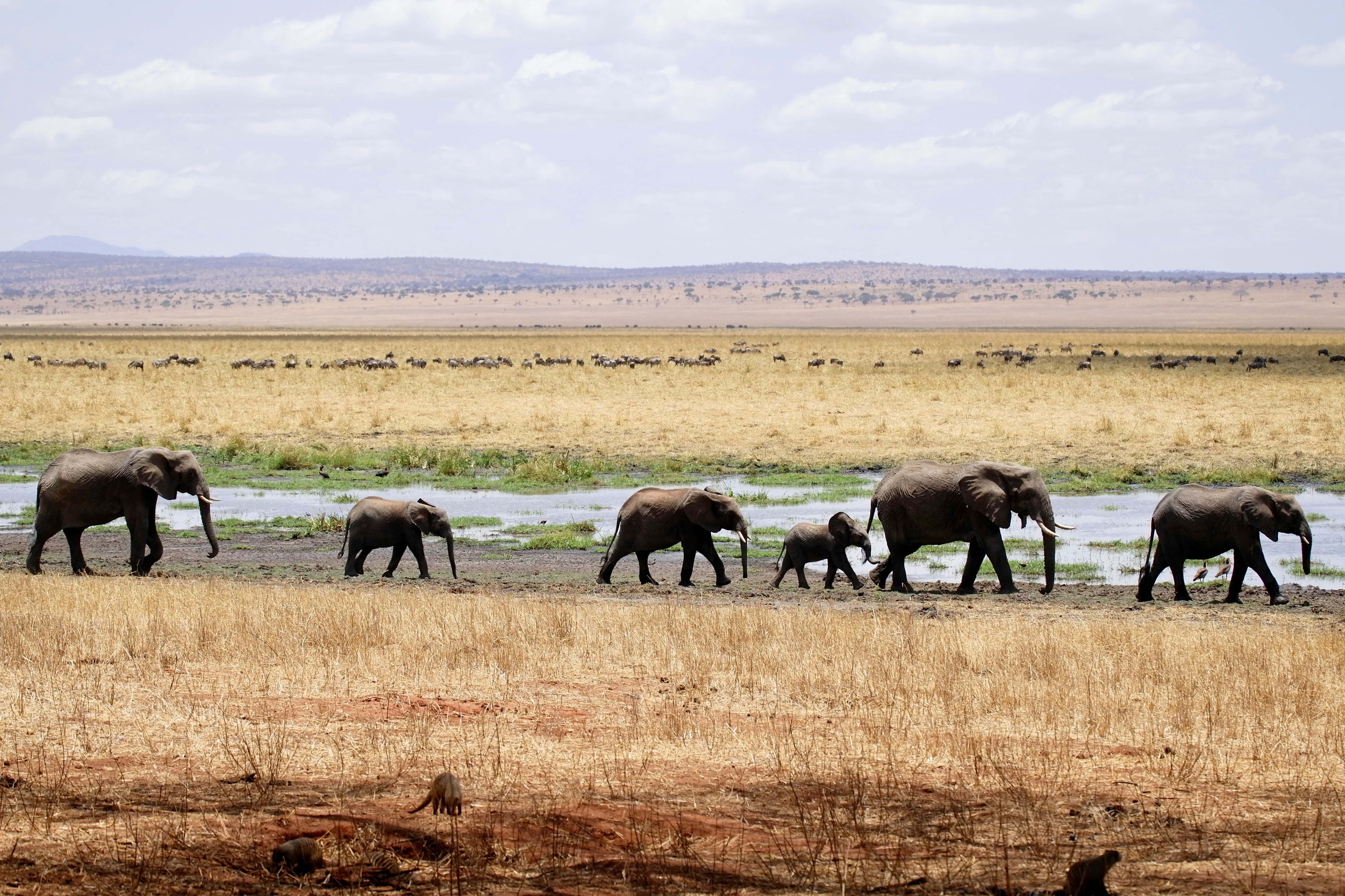
Travel Advice
Weather & Climate in Tanzania
Understanding Tanzania's tropical climate, with its distinct dry and rainy seasons, is key to planning the perfect trip. Here’s what to expect from the weather on your adventure.

Travel Advice
Understanding Tanzania's tropical climate, with its distinct dry and rainy seasons, is key to planning the perfect trip. Here’s what to expect from the weather on your adventure.
Tanzania doesn't have a traditional four-season climate. Instead, its weather is defined by rainfall, creating two primary seasons: the Dry Season (great for wildlife viewing) and the Rainy (or Green) Season (a time of lush landscapes and new life).

This is the most popular time for a safari. With little to no rain, the vegetation is sparse, and animals congregate around rivers and waterholes, making them easier to spot. Days are sunny and warm, while evenings and early mornings can be cool, especially at higher altitudes.

This season is split into the 'short rains' (Nov-Dec) and the 'long rains' (Apr-May). The landscape becomes incredibly green and dramatic. It's the calving season for the wildebeest, a fantastic time for birdwatching, and offers a more intimate experience with fewer visitors.
Higher altitudes in the Serengeti and Ngorongoro mean cooler temperatures, especially at night. The climate is generally pleasant year-round.
These parks, like Ruaha and Katavi, are at a lower altitude and tend to be warmer and drier. The rainy season can make some roads impassable.
The coast is hot and humid throughout the year. The ocean breeze provides some relief, making it a perfect post-safari destination.
On Kilimanjaro and Mount Meru, temperatures drop significantly as you ascend. Expect alpine conditions, with nights falling below freezing near the summit.